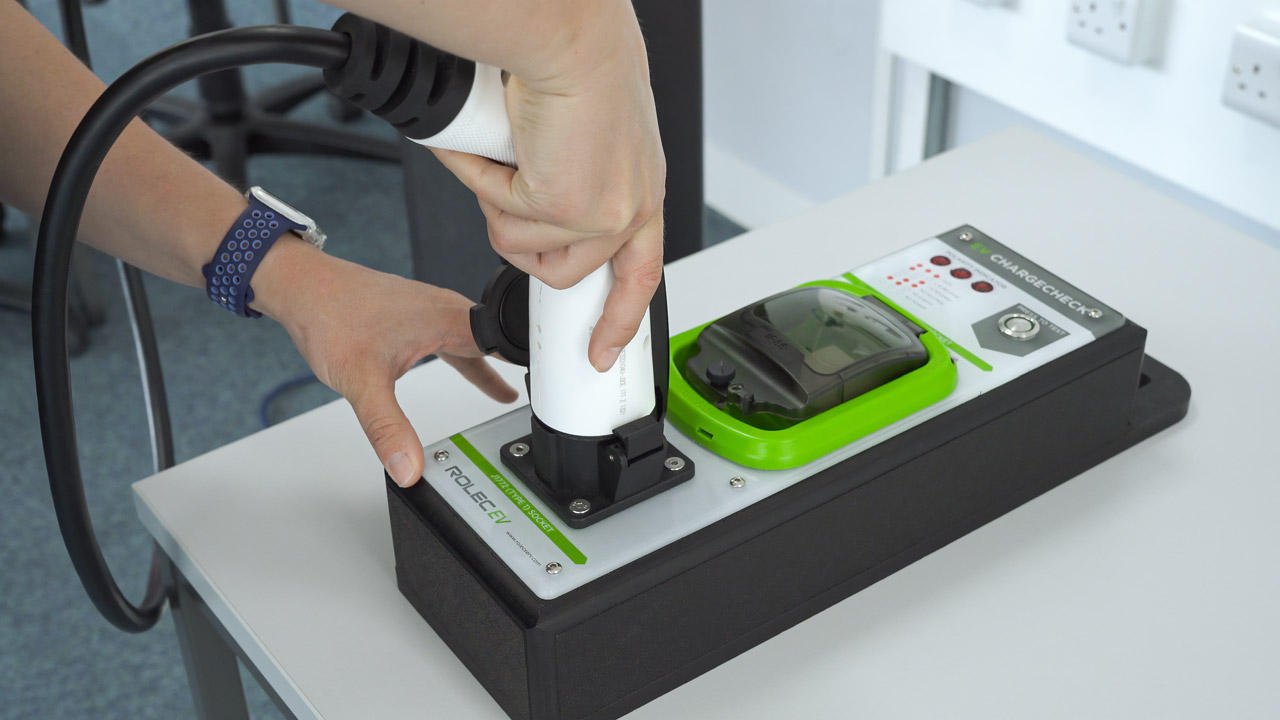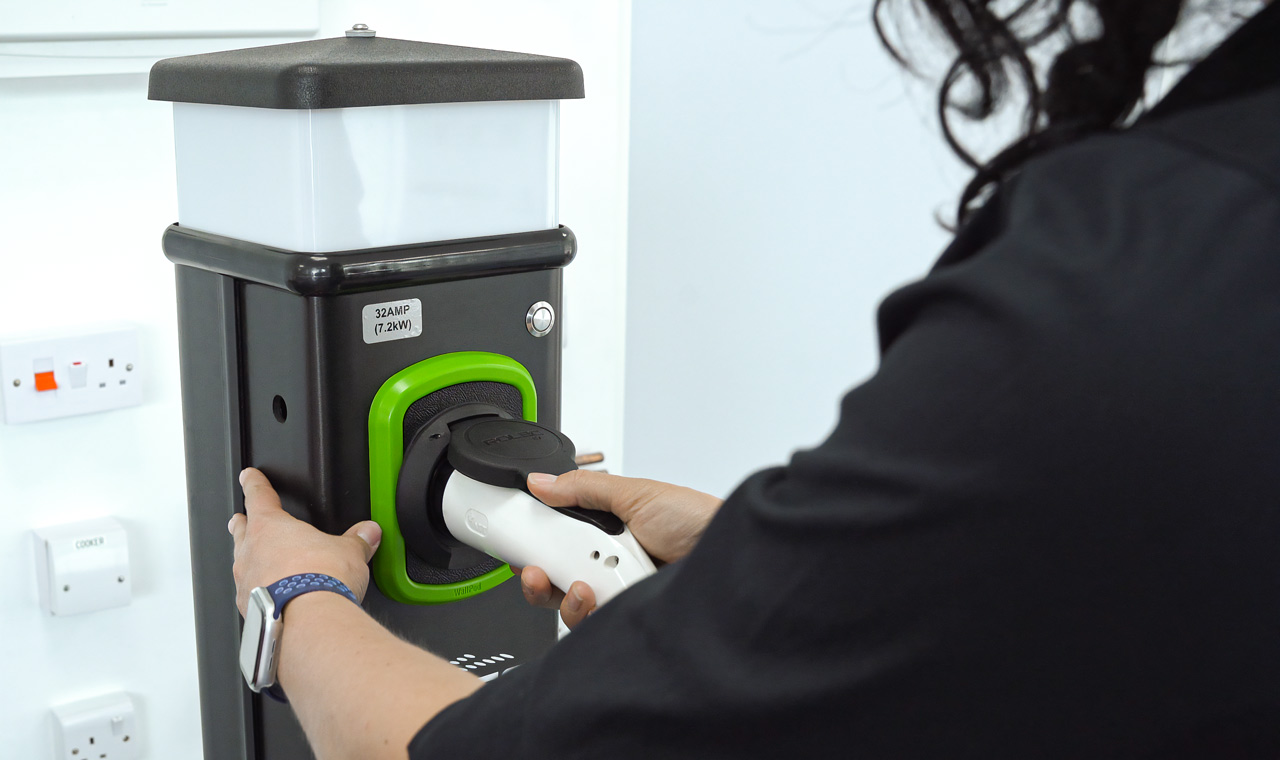There are a number of reasons why property owners change their consumer unit. Perhaps one of the MCBs has blown and replacements are no longer available. Maybe they have taken possession of an old property and the consumer unit is not compliant with current regulations (soon to be the 18th Edition). Or maybe they are undertaking a rewire, refurbishment or larger renovation project.
Regardless of the reason, there are key aspects every electrician in the UK must consider.
1. Client Expertise
It’s imperative for electrical contractors to acknowledge that despite clients’ intelligence or research efforts, they lack the professional expertise of electricians. Encouraging clients to undergo an Electrical Installation Condition Report (EICR) before consumer unit replacement is vital. This report ensures compliance with regulations and assists in designing and selecting protective devices for the new consumer unit. Educating clients about required protection levels under BS7671 aids in tailoring a solution that aligns with their needs, budget, and expectations when changing consumer units.
2. Futureproofing
Flexibility is essential for anticipating clients’ evolving needs throughout the project lifecycle. Preparing for potential changes in specifications or preferences ensures seamless adaptation without unnecessary hassle or rework. Initiating projects with ample scope for expansion and adjustment minimises complications during subsequent alterations or additions to the circuit layout when changing consumer units.
3. High-Priority Circuits and Circuit Separation
Identifying circuits necessitating special attention, particularly in terms of RCDs, is crucial when replacing consumer units. High-priority circuits, such as those serving smoke alarms or security systems, warrant dedicated protection to prevent disruptions caused by earth leakage faults. Circuit separation mitigates the risk of a single earth leakage fault affecting multiple circuits, ensuring uninterrupted functionality of critical systems.
4. Consumer Unit Selection
Several factors, including the number and types of circuits and the client’s budget, influence the choice of consumer unit. Options range from fully loaded consumer units, offering cost-effective solutions suitable for smaller properties, to main switch consumer units providing comprehensive circuit separation albeit at a higher cost.
High integrity consumer units represent a middle ground, combining the benefits of dual RCD units and main switch consumer units to deliver flexibility and protection.
Safety regulations govern consumer unit replacement, mandating adherence to the UK’s electrical regulations.
All electrical work must comply with the Building Regulations 2010, necessitating an Electrical Installation Condition (EIC) Report for consumer unit replacement. Mounting consumer units within specified height parameters and ensuring additional protection for specific circuits, as per BS 7671, are imperative.
What is the Difference Between a Fuse Box and a Consumer Unit
A consumer unit differs from a fuse box primarily in its use of circuit breakers instead of fuses. While a fuse box requires replacing the melted fuse to restore power, a consumer unit merely necessitates resetting the power, offering faster restoration and enhanced protection against electrical shock.
The transition from a fuse box to a consumer unit marks a significant stride in the realm of electrical installations, promising heightened safety, efficiency, and alignment with contemporary regulations. There exist several compelling reasons why property owners opt for this upgrade. It could stem from the unavailability of replacements for blown MCBs, the non-compliance of an inherited consumer unit with current regulations (soon to be the 18th Edition), or the initiation of extensive renovation endeavours such as rewiring or refurbishment. But why exactly should one replace a fuse box with a consumer unit?
At its core, both a fuse box and a consumer unit share a common objective – shielding electrical circuits from overload. However, a consumer unit surpasses a fuse box in terms of efficiency, reliability, and its capacity to safeguard against both overloads and short circuits. Transitioning to a new consumer unit offers tangible advantages such as enhanced safety, streamlined circuit identification, ease of reset, regulatory compliance, augmented capacity, improved energy efficiency, RCBO protection, surge protection, and a diminished fire risk.
Does the Consumer Unit Need Replacing?
Determining the need for consumer unit replacement entails assessing various factors, including the unit’s age, presence of RCDs, visible damage, recurrent tripping, and concurrent major renovation projects. A consumer unit not only leverages modern technology and compliance with safety standards but also ensures long-term investment returns through improved safety and efficiency.
What is the process of replacing a consumer unit?
Before changing a consumer unit, a comprehensive visual inspection is conducted, assessing the overall condition of the existing installation, and identifying any visible signs of damage throughout your home. Following this, an examination of your earthing, bonding arrangements, and meter tails is carried out, ensuring compliance with pertinent regulations. Should any deficiencies or safety concerns be detected during these inspections, remedial work becomes imperative before proceeding further.
Ideally, an Electric Installation Condition Report (EICR) is conducted at this juncture, pinpointing any underlying issues that may not be apparent from a visual inspection alone and gauging their urgency. Addressing any faults that might impede the proper functioning of the consumer unit is paramount before advancing to the next stage.
Once any necessary remedial work is completed, the actual replacement process commences. This involves the removal of the existing unit and its substitution with the new one. Subsequently, a series of meticulous tests are conducted by the electrician to verify that all components are operational and compliant with relevant standards.
Finally, upon successful completion of the project, you will be furnished with an Electrical Installation Certificate and Building Regulations Compliance Certificate, serving as tangible evidence of the work’s compliance and adherence to regulatory standards.
Are there any regulatory considerations to bear in mind when replacing a consumer unit?
Under Part P of the Electrical Safety Building Regulations (pertaining to England and Wales), replacing a consumer unit constitutes notifiable work. This necessitates either informing your local authority building control about the impending work before commencement or engaging the services of an electrician registered with a government-approved Part P scheme.
Furthermore, obtaining an Electrical Installation Certificate to validate compliance with the IET Wiring Regulations, as well as a Building Regulations Compliance Certificate to affirm adherence to the Electrical Safety Building Regulations, is imperative. These regulations similarly apply in Scotland, albeit under the purview of the building standards system.
Engaging a Part P-registered electrician offers several advantages beyond their expertise and credibility, including their ability to self-certify the work and furnish you with the requisite certificates upon completion. Neglecting to certify your installation and procure the necessary documentation may result in enforcement action by local authorities, potentially culminating in the removal or alteration of the work, alongside imposing substantial fines.
In conclusion, changing a consumer unit transcends mere technical upgrade; it embodies a commitment to safety, efficiency, and regulatory compliance. By addressing clients’ evolving needs, adhering to safety regulations, and selecting suitable consumer units, electrical contractors play a pivotal role in fostering secure and sustainable electrical installations.




















